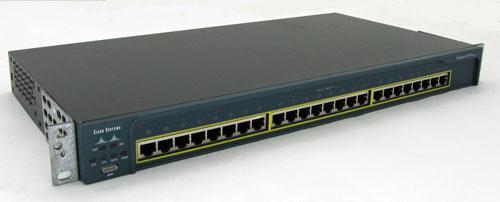What are bridges and switches
A bridge is a network device that operates at the Data Link layer (Layer 2) of OSI model. There are many different types of bridges and include Transparent bridges, Encapsulation bridges, Source-route bridges. Source-route bridges are for Token Ring network. Bridges allow segmenting a Local Network into multiple segments, thus reducing the network traffic. A bridge performs the segmenting function by examining the Data Link Layer (Layer 2) data packet (Ethernet Frame) and forwarding the packet to other physical segments only if necessary. Both swiches and bridges function using Data Link Layer (Layer 2) addressing system, also known as MAC addresses.
Bridge can connect only two Networks, LANs or Hosts, which means that bridge has only two ports. While Switch can connect more than two networks or LANs or Hosts because normally switch has more than two ports (usually 24 ports or 48 ports). Simply you can say that a Bridge with more than two ports is known as a Switch. Brides and Switches are considered to operate at Data Link Layer (Layer 2) of OSI model.
The following picture shows a 24 port, 10/100, Cisco 2500 Catalist Switch.
